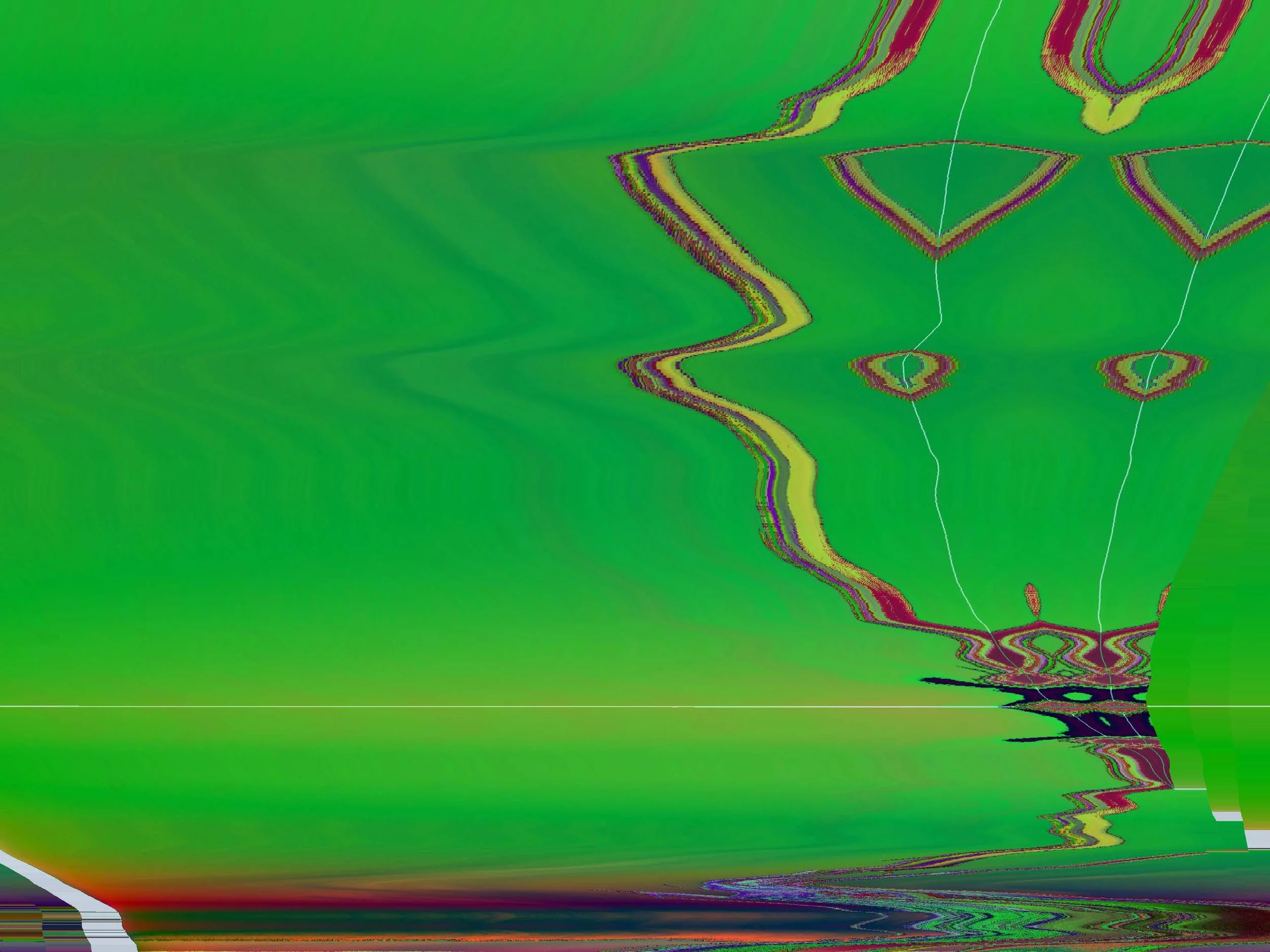In Defense of Digital Art
By Allen Hirsh
It seems odd to me that photography is widely and properly considered a legitimate art form, but digital art struggles for similar respect. I think part of the answer lies in the perception of the talent necessary to produce the image.
Most of us who have taken many photographs in our time on this planet have come to deeply respect those folks who can habitually snatch remarkable photos from the ether. In contrast, using sophisticated filters such as those in Photoshop® and Painter® allows a skilled digital artist to turn mediocre photographs or even blank canvasses into wonderful digital paintings, but it can be argued that it also allows undistinguished talents to produce passable work. Thus, for many it is easy to dismiss the tools of digital art as some sort of giant kaleidoscope.
I should elaborate with respect to my case. The painting engine I have created is powerful enough to generate fascinating images from a wide range of mathematical inputs and I cannot escape my belief that with a modest amount of training most educated people could rapidly learn to use it effectively. So, the skeptic might say, how artistically deep could such images be, if a huge number of people can master the process?
My reply? How many people can master the technical aspects of painting? A very large number as we know, because society is now filled with a vast number of people who have learned how to paint. How many people have mastered the use of a camera? Again, a very large number of people create compelling photographs.
So, to me the counter argument seems straightforward: an artist has every legitimate right to master as wide a range of tools as possible, then drive them with wisdom, imagination and originality to create compelling images previously unrealized. The final product is the proper measure of artistic validity-not which tools produced it. This argument requires that one believes that fine tools and no talent will almost always produce mediocre art, but better tools and talent will improve the art.
All that being said, the prejudice against digital art is huge and very discouraging to those of us pursuing it with passion.
Allen Hirsh is a biophysicist who, over the past decade, has channeled his programming skills into creating a unique form of mathematically generated art. Inspired by the connection between mathematics and the natural world, he explores how mathematical principles can uncover hidden imagery in photographs.
While maintaining an active role in science, his parallel career in fine art has gained significant recognition, with his work juried into over 90 shows and winning 13 awards. His art has been favorably reviewed by The Washington Post and East City Art, and has earned him speaking engagements including at The American Association for the Advancement of Science (AAAS). The artist is also an active member of art groups such as The Foundry and The Capitol Hill Arts League.
Read our interview with Allen Hirsh to learn more about his art, creative process, and inspirations.
















